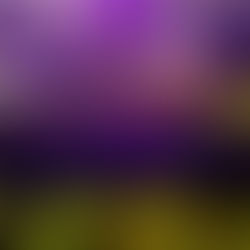Etching and Patination of Metals

Metals wear beautifully over time. Considering that most of the elements on the periodic table are metals, they readily engage in a wonderful interplay when placed with other elements.
Much of my time in graduate school was spent working on ways to age metals, burying them in the dirt or salts and acids. Metals are quite responsive and any experimentation can bring exciting and unexpected results. My initial motivation was to make objects that look like artifacts. Out of those lessons learned came art works standing on the beauty of the patinations themselves. I have always had a bent toward realistic works, and though these pieces look abstract, the surface effects are only a continuation of the attempt to capture the ways real objects weather and age.
The metal surface becomes an place where chemistry can happen, affected like the natural world by water, air, and temperature. Here are a few things that I've learned and hope you can find helpful as well.
Etching Metal Surfaces

Ferric Chloride is a strong etching salt for copper, brass and steel. It's safer than acid but you still need to wear your latex gloves and protective eyewear because it will irritate your skin. It will take a lot longer than acid so you'll need more time to work. I like this because it allows me to leave my plates in the bath for hours (even over night) and come back to it later. Resists can be applied to the metals such Liquid Ground, Stop Out Varnish, Rosen, and Etching Ball Ground (I like Daniel Smith's selection). I etch my metals in a plastic bin. Once out of the etching bath, they need to be neutralized with Washing Soda to halt the etching process. I won't go into detail on the how-to's because there are already lots of good posts out there. The biggest drawback in my book is that it's messy. Ferric Chloride stains everything it touches. The solution can be reused, although when etching copper, you'll need to gather the waste product for chemical disposal because the by-product is harmful to the environment. The Real Elliot posted a helpful read on etching with muriatic acid and peroxide. It's a lot faster and less clean up. But you do have to stay with it and pay attention (not a good time to multi-task; this needs your full attention).
Colorations

There are lots of terrific sources for patina formulas. A must for your library is The Colouring, Bronzing, and Patination of Metals by Hughs and Rowe. This classic will serve you well.
The Science Company has posted on their site some detailed formulas for coloring metals. And you can purchase products right there online.
A terrific source of metal dyes, stains, waxes, and similar products is Sculpt Noveau.
It's very important to use a degreaser on your surfaces so that the finishes will take. If your colors flake off, you can give your metals a mild acid bath in 10% hydrochloric acid to make them more receptive to the colorations. I give my plates a sanding wtih 220 up to 400 grit paper followed by Scotch Brite before I degrease.
Some of the patinas call for a hot application. An $18 griddle from WalMart works just fine, along with a heat gun from Northern tool. The griddle yeilds more consistent results becuase the evenly distributed heat can be controlled by the thermostat.
Sealants
Once you have a stable patina you like, it's important to seal your work. See if your formulas have any specifications. But in general, I seal my work with clear varnish or lacquer. Sculpt Noveau has an environmentally friendly sealer called Smart Coat that has served me well.
I hope that you find this helpful to your own work.
by Melanie Spinks





















